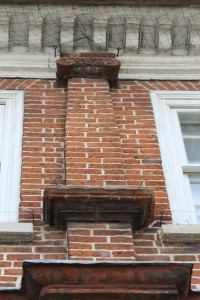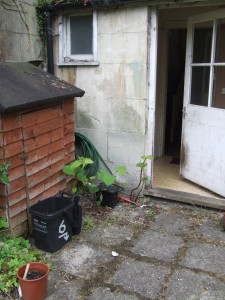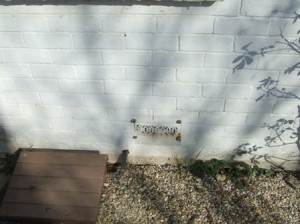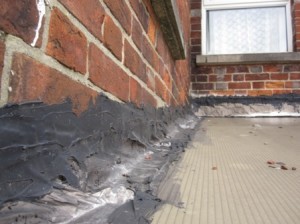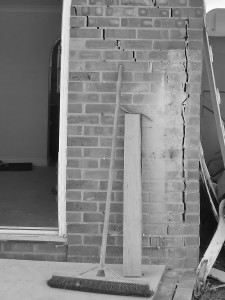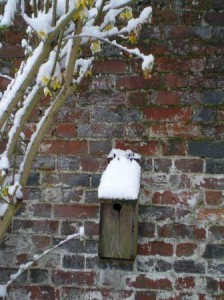 An article published by the Guardian proposes that a 1930’s style housing boom may be the key to boosting the economy.
An article published by the Guardian proposes that a 1930’s style housing boom may be the key to boosting the economy.
The article states that 1930’s Britain was the first country to come off the gold standard. As such it was able to devalue the currency, assisting manufacturer’s exports and allowing the interest rate to be cut to 2% for a period of almost 20 years. The article cites that this laid the grounds for the private sector driven residential construction boom which helped the country out of the economic depression.
The article notes that whilst today’s interest rate is at an all time low, our economic recovery has been protracted.
Clearly, our modern economic landscape is very different from the 1930’s. The article recognises we are a more consumer and service driven economy and far removed from the primarily industrial economy of the post industrial revolutions.
What the article doesn’t make light of is that the size and scope of the 1930’s industry massively supported the construction sector. Innovations and materials were abundant and a transient skilled and semi-skilled labour market was available.
The demise in UK based manufacturing; the deskilling of the workforce, through the erosion of apprenticeships and lean production methods makes it difficult to apply the same 1930’s template to today’s economy.
The article states:
![]() Government policy today has the avowed intent of pushing up asset prices, which is good news for the haves but not so for the have nots.
Government policy today has the avowed intent of pushing up asset prices, which is good news for the haves but not so for the have nots.![]()
The article goes onto cite a report by the Centre for Cities. Which argues that funding stagnant developments in towns and cities where there is high housing demand, such as Reading, would provide immediate economic growth. In areas where there is less housing demand refurbishment of existing run down developments is a better route to economic stimulus.
Government policy needs to be decisive to support a massive building program. Compared to 1930’s Britain there is less land, tighter planning regulation and a great deal of uncertainty as to what interest rates will do in the forthcoming months. Government incentives that meet these issues head-on are thin on the ground. For example there are no large scale tax incentives to encourage large scale development and a limited government targets for building.
Ultimately the article recognises the central issue that prevents the government supporting a major house building program is the affect it may have on existing property prices. The market is currently reasonably buoyant due to high demand. A major house building programme will likely see a fall in values. A big help to the first time buyer, but an unwelcome development for those who took out a mortgage at the height of the 2008 market.
 The current flood agreement between the Government and the Association of British Insurers comes to an end at the end of June 2013. Negotiations to continue providing affordable premiums to those most vulnerable to flooding are seemingly at a grinding halt.
The current flood agreement between the Government and the Association of British Insurers comes to an end at the end of June 2013. Negotiations to continue providing affordable premiums to those most vulnerable to flooding are seemingly at a grinding halt.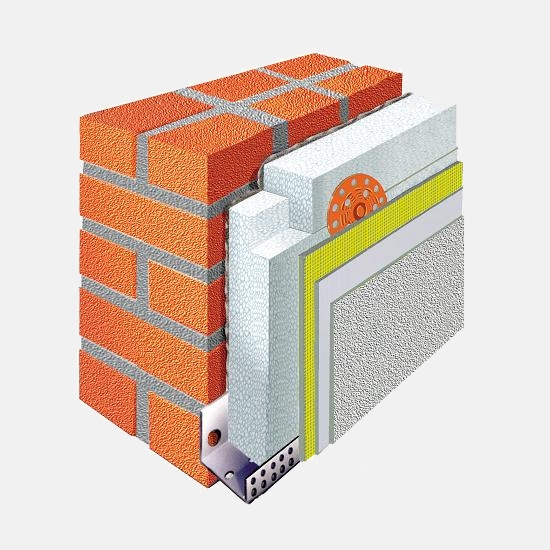 The Government’s
The Government’s 